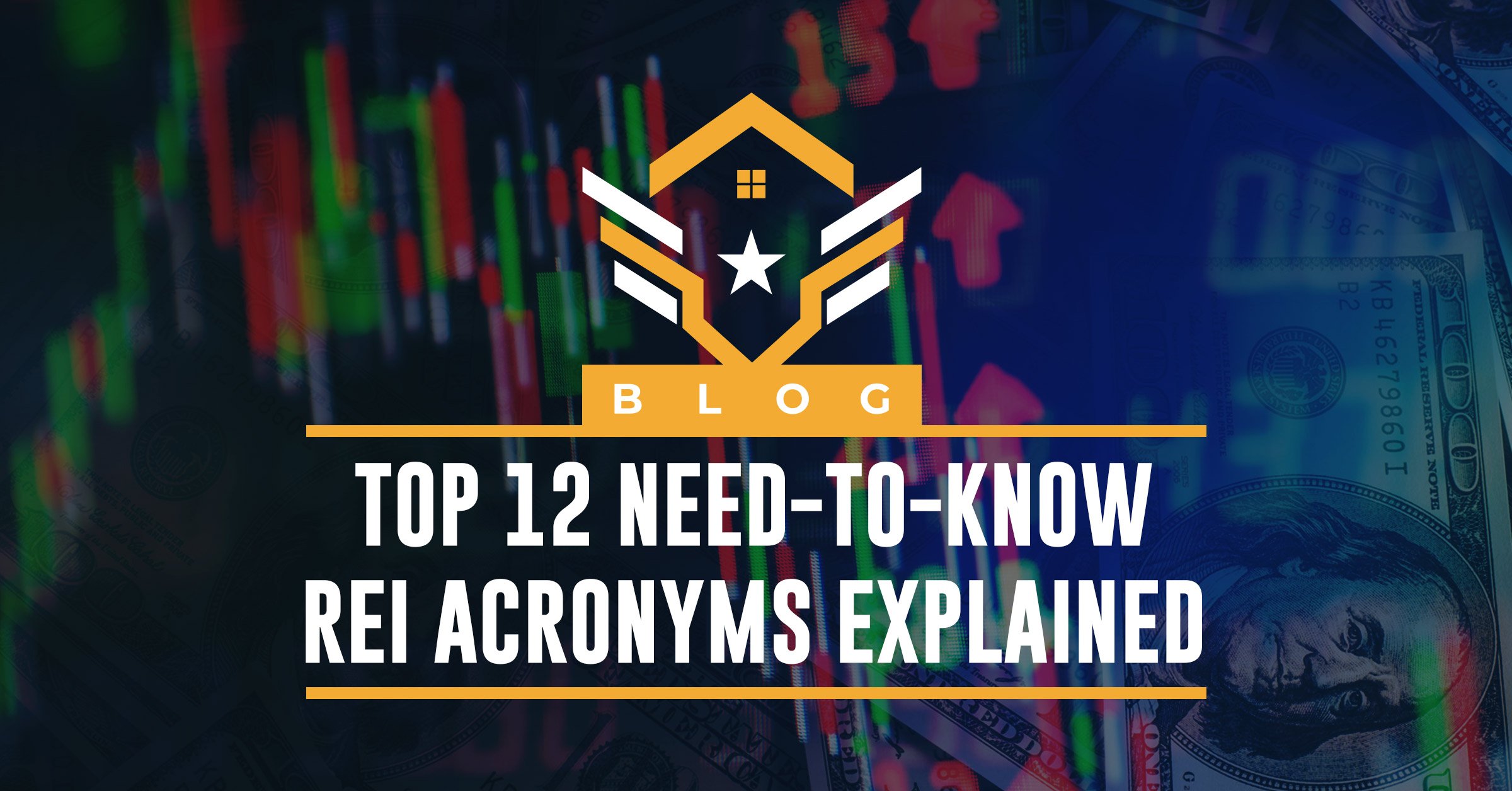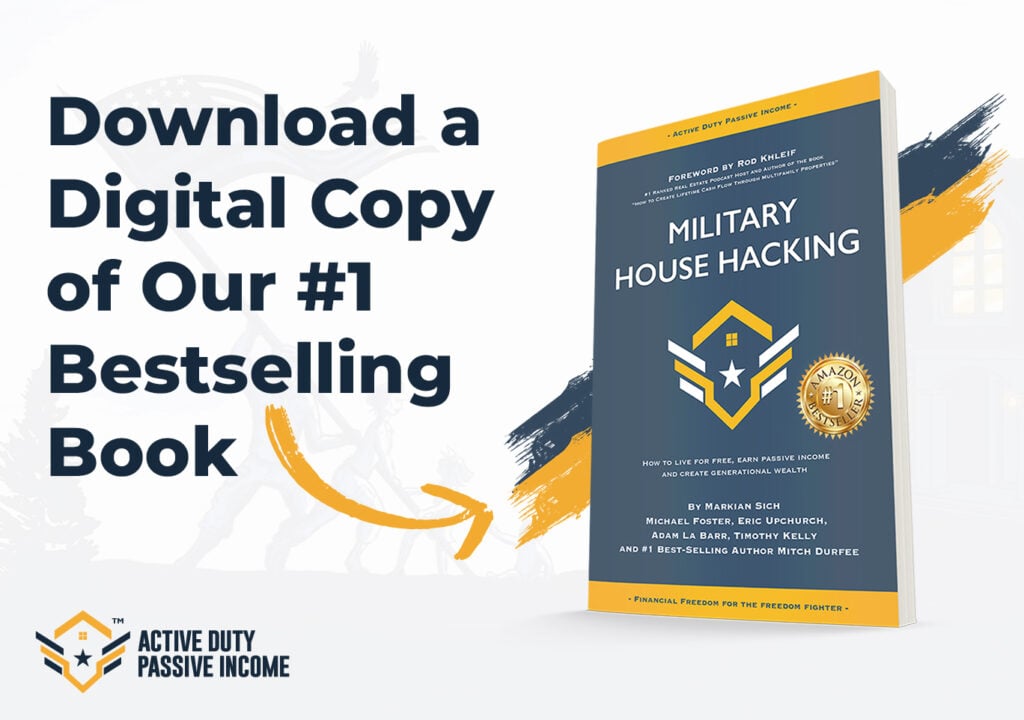Kevin Brenner, ADPI Hero, Capt, USAF / @investorkev
“Education is the foundation upon which we build our future.” – Christine Gregoire
It’s 3 PM and you are sitting in your underwear on the weird wax paper that drapes the patient benches of nearly every doctor’s office in the country. It’s been a solid 30 minutes and you’ve pretty much got the informational poster on heart disease memorized.
Finally, your doctor, clipboard in hand, swings the door open and hits you with a cheesy greeting. It’s just a routine physical, nothing to be worried about. You run through all the basic tests and answer the standard family history questions. Before you leave you run a few medical questions by your physician. Normal right. I think so too. Well, what if, your doctor had trouble explaining, oh I don’t know, anything at all relating to your health questions? What if instead, he began to awkwardly stutter and backtrack away from your questions? You begin to get that sinking feeling in your stomach knowing that you are going to have to fork over a copay to cover this guy’s fee.
Sure, maybe he’s got the medical know-how and the degree on the wall to prove that he knows what he’s talking about, but if your physician can’t effectively communicate with his patients, he’s going to have a hard time making a living. The same principle applies to Real Estate Investing (REI). Before you can walk the walk, you have to be able to talk the talk!
The truth is that the ability to communicate ideas, regardless of your profession, is critical to success. And most professions, including REI, are chock-full of acronyms and lingo that you will have to grasp if you want to be taken seriously by other professionals in the field. Learning the terms will not only help you build confidence, but it will also inspire those around you. No one wants to give money to the investor who doesn’t know what the hell they are talking about. Study these terms. Apply them to your daily deal analysis and before you know it your reputation as a market-savvy investor will begin to precede you.
What does REI stand for?
REI stands for real estate investing. This term can be used for a broad variety of investing strategies. Everything from fix and flips and wholesaling to long-term buy and hold and even commercial property investing is all considered “Real Estate Investing,” or REI.
Check out the Top 12 REI Acronyms below. Pretty soon you’ll be name-dropping these terms like a pro!
- Gross Potential Income (GPI)
- Definition: represents the total potential rental income an investor earns from all of his or her assets. This figure is typically used when evaluating properties and calculating effective gross income – which is used to prepare income tax returns. The good news – real estate allows individual investors to access qualified deductions that keep this figure low and limit their overall tax exposure!
- Example: Your SFH makes $1,000 per month in rent. Therefore, your GPI is $1,000 x 12 or $12,000.
- Net Operating Income (NOI)
- Definition: represents the amount of income collected from an investment property after you subtract any reasonable operating expenses. Reasonable operating expenses could be property management fees, vacancy estimates, maintenance fees, and capital expenses. NOI is a key factor to consider before purchasing a property. It is also used to calculate the Capitalization Rate, or Cap Rate, of an investment.
- Example: Your SFH makes $1,000 per month in rent. However, you are spending $250/month in operating expenses. Therefore, your monthly NOI is now $750. This makes your annual NOI = $750 x 12 = $9,000.
- Cash Flow (CF)
- Definition: net amount of cash (either positive or negative) from a rental property after deducting all expenses including mortgage payments, carrying costs, operating expenses, etc. In other words, your cash flow is the money you have leftover each month and is used to calculate your return on investment. This figure is the holy grail of real estate investing, yet it is sometimes overlooked in high-end markets. Word to the wise – if you don’t invest for cash flow you are liable to get caught with your pants down when the market dips.
- Example: Your SFH makes $1,000 per month in rent. Your monthly PITI (another fun acronym that refers to Principle, Interest, Taxes, & Insurance) comes to $500. Your operating expenses are $250/month. Therefore, you are left with $1000-$750 = $250 in positive cash flow per month. It may not sound like a lot, but consider this – most investors in today’s market look for at least $100 in positive cash flow per door (or unit). $250 isn’t sounding that bad now, is it?
- After Repair Value (ARV)
- Definition: represents the future value of a distressed property after it has been repaired and planned improvements have been made. Many house flippers and BRRRR investors base their entire investments on this one figure. It’s important to do your homework and make sure that your ARV is sound before jumping into an investment.
- Example: The cash flow you’ve generated from your first SFH has enabled you to purchase a potential flip. The property you are looking at is listed for $50,000. After running a Comparative Market Analysis (CMA) and ordering an appraisal you assess that this price is representative of its current value. Your contractor estimates $25,000 of repairs are required. Your agent and mentor tell you that this property, once fixed up, can sell for anywhere from $125,000 – $135,000. Conservatively, your ARV = $125,000.
- Capital Expenses (CapEx)
- Definition: refers to major expenses that you can capitalize over time, or in other words, expenses that are used for repairs that will add significant value to your property (e.g. roof repair/replacement, HVAC replacement, plumbing/electrical upgrades, complete interior rehabs, exterior renovations, etc.). As a rule of thumb, you should reserve 8-10% of your NOI each month as a CapEx reserve. This number, along with other variable monthly expenses including vacancy, regular maintenance, and property management should be accounted for when calculating Cash Flow and ROI.
- Example: Your flip project is underway and your contractor informed you that the roof needs to be replaced. He quotes you $10,000 to replace the entire roof. In your market, you know that a brand new roof should last approximately 20 years. Breaking this expense down you determine that it will cost you $42 per month to complete this job. A discussion with your agent informs you that a new roof adds approximately $25,000 to your home’s value. So a $10,000 expense now will add $25,000 worth of value 6 months down the road (aka a $15,000 profit). Worth it? I think so.
- Comparative Market Analysis (CMA)
- Definition: refers to an evaluation of a home’s value based on similar, recently sold homes called comparables or comps in the same neighborhood. It’s important to note that a CMA is not the same as an appraisal which is performed by a licensed appraiser. Check out my blog on how to evaluate your property’s worth here (insert link).
- Example: A CMA is traditionally performed by a real estate agent, but can also be performed by a Real Estate consultant familiar with home values in your market. CMAs are used for single-family homes and small multifamily properties. Learn more here (insert link)!
- Return on Investment (ROI)
- Definition: ROI is a performance metric used to evaluate the efficiency of an investment or compare the efficiency of various investments within the same investment class.
- Example: ROI = (Current Value of Investment – Cost of Investment)/Cost of Investment
Your flip is complete and hit your ARV of $125,000. You paid cash for this investment and the repairs, so your all-in costs are $75,000. Assuming 12% for closing costs, your ROI = ($110,000 – $75,000) / ($75,000) = 46.7%
- Cash on Cash Return (CoC)
- Definition: Often used in real estate underwriting, a CoC is a metric that calculates the rate of cash income earned versus the amount of cash invested into a property. The main difference between CoC and ROI is that CoC requires pre-tax cash flow as opposed to just the value of your investment. Thus, CoC is more prevalent in commercial buy and hold real estate transactions and lets investors know how much money their initial investment is making and when their initial investment will be returned in full.
- Example: CoC = Annual Pre-Tax Cash Flow / Total Cash Invested
Your initial SFH rental, after all, operating expenses pulls in $3,000 annually ($250/month). You invested 20% of $50,000, or $10,000 in your down payment and have made no significant repairs. According to the above formula, your CoC = 30%
- Debt Service Coverage Ratio (DSCR)
- Definition: represents a ratio that banks and loan officers use to measure the amount of available cash flow to pay current debt obligations. That’s why you have to declare your income to your loan officer when applying for a mortgage. They use your pre-tax income versus the amount of debt you are applying for in order to determine whether you fall within their risk criteria. Most of the time, a high DSCR is a deal-breaker when applying for conventional loans.
- Example: DSCR = Net Operating Income / Total Debt Service
You are applying for a mortgage to purchase another rental property. You have a good W-2 job and earn $100,000 annually. Your current rental has an NOI of $9,000 annually. You rent an apartment that you live in full time for $1,000 a month ($12,000 annually) and you’re looking for an $80,000 loan from the bank to cover 80% of a $100,000 purchase. Using the above formula, your DSCR equals:
DSCR = ($100,000 + $9,000 – $12,000) / ($80,000) = 1.21
- Loan to Value (LTV)
- Definition: refers to an assessment of risk that banks and other lenders use to qualify borrowers and examine mortgages. Typically, LTVs for conventional loans top out at 80%. Some non-conventional lenders such as private money lenders and hard money lenders may lend you money at 90% LTV. Usually, this convenience will cost you a premium upfront in the form of points and or a higher interest rate.
- Example: Your new rental costs $100,000. You are applying for a mortgage at 80/20 or 80% LTV. At most, the bank will lend you $80,000, assuming you can qualify for the mortgage and the property appraised for at least $100,000.
- Gross Rent Multiplier (GRM)
- Definition: refers to a valuation method that analyzes rental properties using its gross annual income to determine how long it will take for your investment to pay for itself through rent alone.
- Example: GRM = Price / Gross Annual Rent
You are evaluating your new rental. It costs $100,000 and your property manager informed you that the house can easily rent for $1,200 per month or $14,400 annually.
GRM = $100,000 / $14,400 = 6.94
Using the above example, it would take approximately 83.3 months to pay off your investment if you decide to purchase it with cash. However, it’s important to note that GRM does not account for any operating expenses, so it’s best used as a first look comparison tool. Don’t bet the farm on a favorable GRM.
- Letter of Intent (LOI)
- Definition: An LOI is used as a general placeholder for a contract of sale typically used during commercial and large multifamily real estate transactions. While an LOI is not an officially binding contract, it does prove to the seller the seriousness and credibility of the buyer. Having an official LOI will also help the buyer secure traditional bank financing.
Having a working knowledge of all the above terms will help you effectively communicate and close deals. Practice using these terms every day to increase your working knowledge of real estate transactions and build credibility within your market!
You can learn more FUNDAMENTALS of Investing in our Operation A.T.O.M., our $9.99/month coaching program for beginners, single family investors, and house hackers!

Kevin Brenner is an active Real Estate Professional who specializes in small multifamily long-distance BRRRR investments. He currently operates 8 cash flowing units out of state and is transitioning out of the United States Air Force. Find out more about Kevin’s passion for real estate inside our Military Real Estate Investing Academy 2.0!









